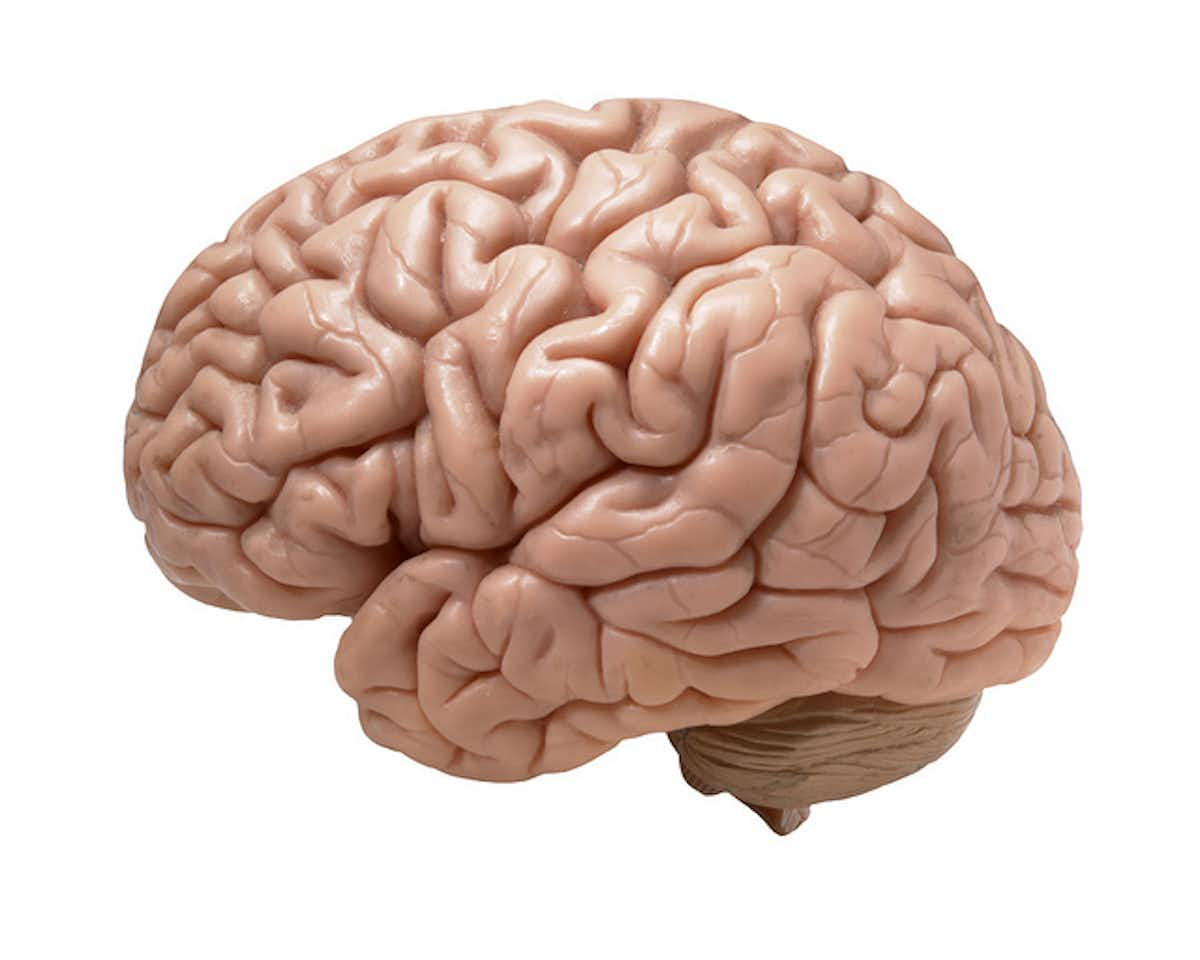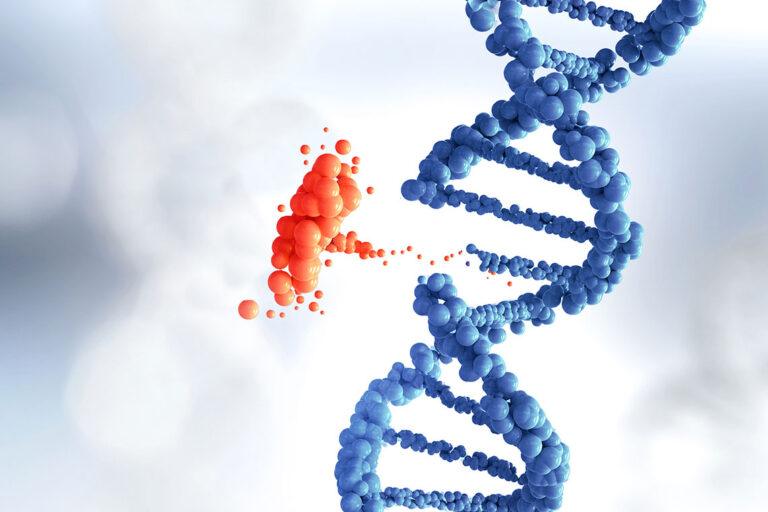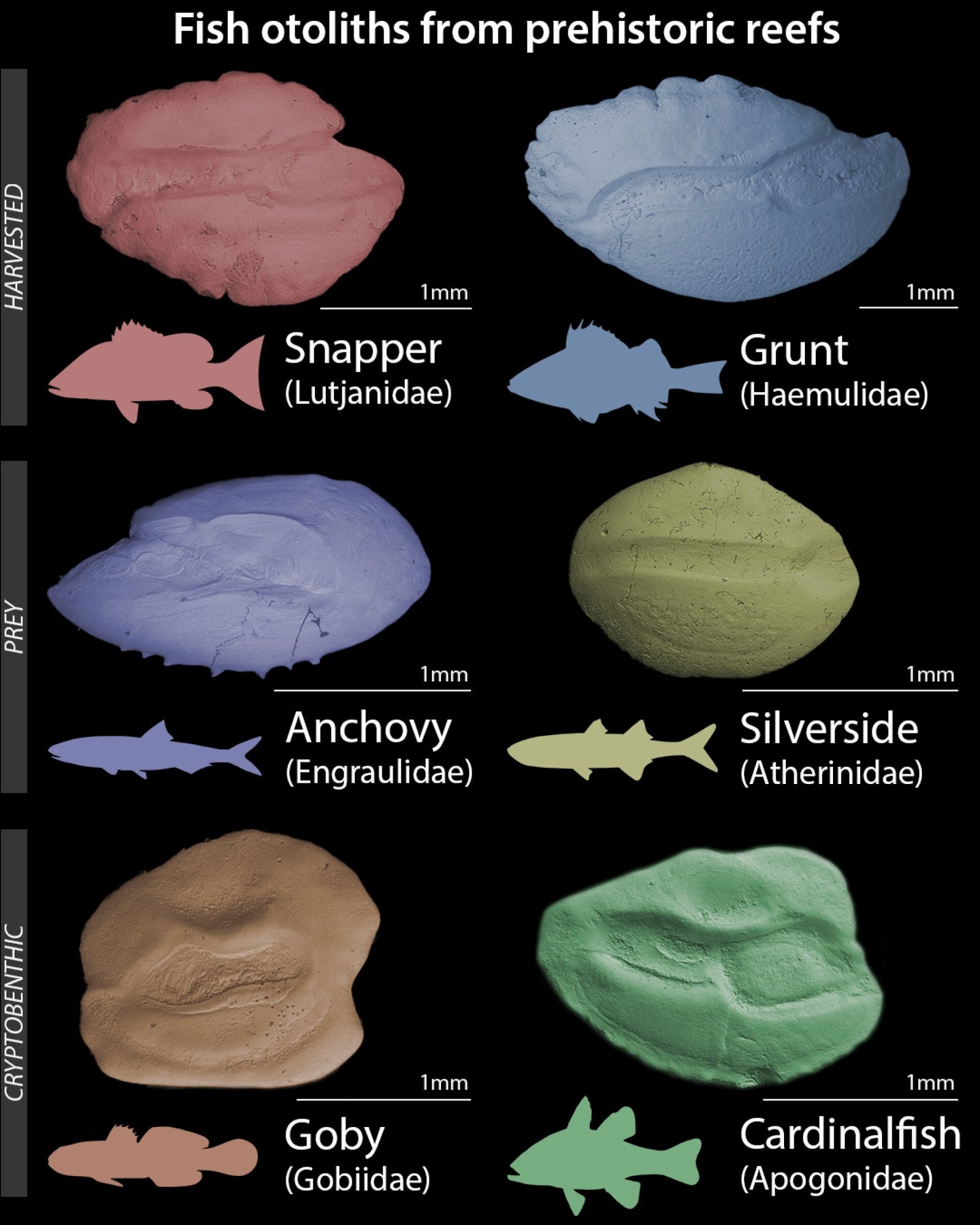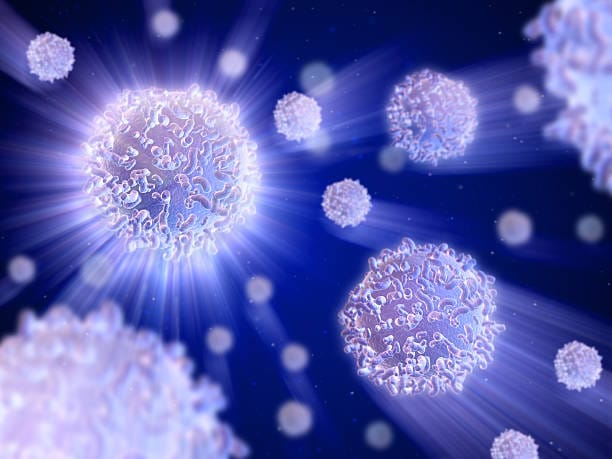Tucked safely inside your skull is an object more mysterious than the stars, more powerful than any supercomputer, and more beautiful in its complexity than all the galaxies combined. The human brain—an organ weighing just over three pounds—is the command center of your body, the seat of your thoughts, emotions, memories, dreams, fears, and creativity. It interprets the world around you, builds your sense of identity, and somehow, stunningly, becomes self-aware.
But for all its daily miracles, the brain remains one of the least understood parts of the human body. It controls every heartbeat and breath, helps you solve problems and fall in love, and even shapes what you believe to be reality—yet most people know very little about how it actually works.
This article is a journey into the wonders of your own mind. We’ll explore 15 truly amazing, scientifically grounded facts about the human brain that will change the way you think—about thinking itself. From the electrical storms firing inside your skull to the brain’s ability to rewire itself after trauma, from its silent nights of deep activity to the illusions it conjures every day, these insights reveal a universe within.
So take a deep breath, and let’s peer into the most extraordinary organ you possess—the one doing the reading right now.
1. The Brain Is More Active at Night Than During the Day
It might seem counterintuitive, but your brain doesn’t power down when you go to sleep—it actually turns up the volume. While your body rests, your brain enters a flurry of activity that rivals its daytime performance. During certain sleep stages, especially REM (Rapid Eye Movement) sleep, brain activity can be as intense as when you’re fully awake.
Scientists believe this heightened nocturnal activity is tied to memory consolidation, emotional processing, and even problem-solving. Ever gone to bed with a dilemma and woken up with clarity? That’s your brain quietly doing the heavy lifting while you dream.
Sleep also clears out metabolic waste products through the glymphatic system—a kind of cleaning crew for the brain. So while your eyes are closed, your brain is tidying up, reorganizing, and making sense of the day.
2. Your Brain Runs on Electricity—Enough to Power a Lightbulb
Inside your skull is a three-pound organ that generates about 12 to 25 watts of electricity—roughly enough to power a small LED lightbulb. This electricity is the product of trillions of neurons firing electrical impulses, known as action potentials, across complex networks.
Your brain contains around 86 billion neurons, and each one can transmit signals to thousands of others. The total number of neural connections is estimated to exceed 100 trillion. Every thought, emotion, and movement begins as a series of these electrochemical exchanges.
This makes your brain one of the most electrically active organs in your body, running a constant loop of circuits that regulate your heartbeat, digestion, breathing, imagination, and memory—simultaneously.
3. The Brain Has No Pain Receptors and Can’t Feel Pain
Though your brain controls the sensation of pain in the body, it paradoxically can’t feel pain itself. The brain lacks nociceptors—the specialized nerve endings that detect harmful stimuli.
This is why brain surgery can be performed while a patient is fully awake and conscious. Neurosurgeons often use this state to monitor cognitive function while operating, asking patients to speak, move, or answer questions during the procedure.
However, the surrounding tissues—the scalp, meninges, and skull—do contain pain receptors. That pounding headache or brain-freeze sensation? It’s not from your brain itself but from nerves in nearby structures responding to pressure, inflammation, or changes in temperature.
4. You’re Using 100% of Your Brain—Just Not All at Once
The myth that humans use only 10% of their brains is persistent, but it’s completely false. Brain imaging technologies like fMRI and PET scans have shown that virtually all parts of the brain have measurable activity—even when we’re resting or doing nothing in particular.
The misconception likely arose from early misunderstandings of brain function or misquotes from scientists trying to emphasize the untapped potential of the mind. In reality, different brain regions activate at different times depending on the task—some for vision, others for language, motor control, reasoning, or emotion.
So yes, you’re using all of your brain, just not every part simultaneously. That would be like turning on every appliance in your house at once—not efficient or even safe.
5. The Brain Is the Fattest Organ in the Human Body
About 60% of the human brain is composed of fat, making it the fattest organ in your body. That fat isn’t flab—it’s crucial to the brain’s ability to function. Myelin, the fatty sheath that insulates axons (nerve fibers), enables rapid signal transmission between neurons.
Think of myelin as the plastic coating around electrical wires. Without it, neural communication would be chaotic and inefficient. Disorders like multiple sclerosis, which involve the breakdown of myelin, lead to severe neurological symptoms precisely because of this disruption.
Many of the fats in the brain are polyunsaturated fatty acids, like omega-3s, which are essential for maintaining cell membrane integrity and neuroplasticity. That’s why a diet rich in healthy fats is often recommended for optimal brain health.
6. The Brain Can Rewire Itself—Even in Adulthood
For much of the 20th century, scientists believed the brain was fixed after childhood. But we now know the brain is remarkably plastic—capable of rewiring itself throughout life. This ability, known as neuroplasticity, allows the brain to form new connections, adapt to injury, learn new skills, and even recover lost functions.
After a stroke, for example, patients often regain partial or full movement by rerouting control to undamaged regions of the brain. Musicians who play string instruments from an early age often have larger areas of their brain devoted to finger movements.
Learning a new language, practicing meditation, or simply taking on a new hobby all promote neuroplasticity. In short, your brain is never truly “set in its ways”—unless you stop challenging it.
7. Every Brain Is Unique—Like a Fingerprint
No two brains are exactly alike. While all human brains share common structures, the arrangement of neurons, size of specific regions, and patterns of neural connectivity differ widely from person to person.
These differences can affect everything from intelligence and memory to risk-taking behavior and emotional regulation. Even identical twins have subtle variations in brain anatomy due to individual experiences and environmental factors.
Recent research into “connectomes”—maps of brain connectivity—has shown that each person’s neural wiring is as unique as a fingerprint. These personalized maps are now being explored in treatments for neurological disorders and brain-computer interfaces.
8. The Brain Creates Its Own Reality
What you perceive isn’t a direct copy of the outside world—it’s an internal simulation your brain constructs from limited information. Your eyes capture only a fraction of the light around you. Your ears miss frequencies animals can hear. Your skin is selective in what it feels.
The brain fills in the gaps with memory, prediction, and expectation. That’s why optical illusions can fool you, why placebo effects work, and why your sense of time can warp depending on emotions or focus.
The brain is a predictive machine. It anticipates what’s likely to happen next, and what you “see” is as much about what your brain expects as what your senses report. Reality, in that sense, is a beautifully convincing hallucination.
9. Memory Is Reconstructed, Not Retrieved
Memories feel like videos we play back in our minds. But they’re not exact recordings—they’re reconstructions, reassembled each time you recall them. This means memories are inherently unreliable, shaped by later experiences, emotions, and even suggestions from others.
Studies have shown that eyewitness testimonies can be alarmingly inaccurate. Memories can be distorted or entirely fabricated. Neuroscientists have even induced false memories in lab settings using suggestive cues.
This doesn’t mean memory is useless—but it does mean your past is more fluid than you think. The act of remembering changes the memory itself.
10. The Brain Processes Information Faster Than Any Computer
Your brain can perform roughly one quintillion operations per second, according to some estimates. While modern supercomputers have made great strides, they still lag behind the parallel processing capabilities of the human brain.
Unlike digital machines, which process one thing at a time (albeit very fast), the brain processes multiple types of information simultaneously—vision, sound, touch, and internal thought—all in real time.
And it does this with remarkable energy efficiency. The brain uses about 20 watts of power—less than a standard lightbulb. In contrast, today’s fastest supercomputers require megawatts of energy and entire cooling facilities.
11. Emotions Are Not Just in the Heart—They’re in the Brain
That flutter in your chest when you fall in love? That’s not from your heart—it’s from your limbic system, a group of brain structures responsible for emotion, motivation, and memory. Chief among them are the amygdala (fear and pleasure), hippocampus (memory), and hypothalamus (stress and arousal).
Each emotion triggers specific patterns of brain activity. Sadness, anger, joy, and love all activate unique neural circuits and hormonal responses.
Even empathy has a brain basis—mirror neurons, located in the premotor cortex, fire when you experience an emotion and when you see someone else experiencing it. It’s how we understand each other’s pain or joy without needing words.
12. The Brain Is a Master of Efficiency—And That Can Be a Problem
Your brain is constantly looking for ways to conserve energy, which is why habits—both good and bad—are so powerful. Once a behavior is learned and repeated, it gets offloaded to the basal ganglia, making it automatic and hard to change.
This efficiency has evolutionary advantages. It frees up cognitive resources for new challenges. But it also means breaking bad habits requires conscious effort to override ingrained neural pathways.
The same principle applies to biases and beliefs. The brain prefers consistency and resists cognitive dissonance, which can make it harder to accept new ideas that challenge long-held assumptions.
13. Language Changes the Structure of the Brain
Learning a new language doesn’t just expand your vocabulary—it reshapes your brain. Bilingual individuals often show increased density in the inferior parietal lobule, a region associated with language switching and working memory.
MRI scans reveal that language learning boosts gray matter in areas linked to processing, memory, and attention. Even infants raised in multilingual environments show different patterns of neural activation compared to monolingual peers.
The earlier the exposure, the more profound the changes. But adults can still benefit—language learning at any age improves cognitive flexibility, slows aging, and may delay the onset of Alzheimer’s disease.
14. The Brain Is a Social Organ
We often think of the brain as an isolated command center, but it’s wired for connection. Humans are social creatures, and much of our brain activity is dedicated to understanding, predicting, and responding to others.
Regions like the prefrontal cortex and temporal-parietal junction light up during social interactions, helping us interpret body language, tone of voice, and facial expressions.
Loneliness and social rejection trigger the same brain regions that register physical pain. That’s why a breakup can hurt like a broken bone. It’s also why social isolation is linked to increased risk of dementia, depression, and even premature death.
Our brains don’t just like social connection—they need it to thrive.
15. Your Brain Is Still Evolving
While evolution may seem like ancient history, the human brain is still changing. Genetic studies show that brain-related genes continue to undergo selection, and new technologies, lifestyles, and cultures are shaping how we think and behave.
Digital devices are altering attention spans. Urban environments affect stress levels and memory. Education systems, languages, and social structures influence brain development from infancy onward.
Even the microbiome—the bacteria in your gut—is now known to communicate with the brain via the gut-brain axis, affecting mood, anxiety, and cognitive function. Evolution is no longer just about bones and muscles—it’s about neurons, networks, and neurodiversity.
Final Thoughts: The Universe Within
Your brain is the most complex structure known to science—100 billion neurons, hundreds of trillions of connections, and the ability to contemplate infinity, write poetry, fall in love, and imagine worlds that don’t yet exist.
It creates your sense of self. It lets you remember your past and dream of your future. It is not just an organ but an orchestra, a storyteller, and a symphony of biology and consciousness.
And perhaps the most astonishing fact of all?
It’s your brain reading these words, marveling at itself.






